Publications
Scientific article
2021
2020
2017
2016
2015
Popular science article
2020
2019
International projects
Horizon 2020
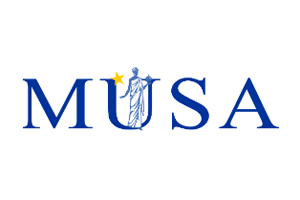
The overall objective of the MUSA project is to assess the capability of SA codes when modelling reactor and SFP accident scenarios of GEN II, GEN III and GEN III+ reactor designs. ToMore
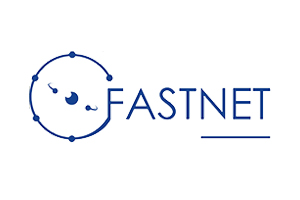
The FASTNET project is a four-years European project funded by the Euratom Research and Training Programme 2014-2018. This project has received funding from the Euratom research and tMore
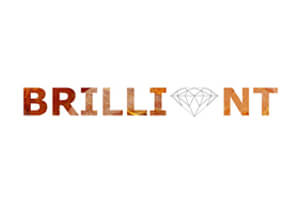
The region of the European Union around the Baltic sea especially the countries Estonia, Latvia and Lithuania are not adequately integrated to the European electricity grid. At the enMore
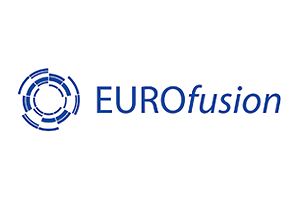
EUROfusion, the ‘European Consortium for the Development of Fusion Energy’, manages and funds European fusion research activities on behalf of Euratom. Thirty members*, representing More
Seventh Framework Programme (FP7)
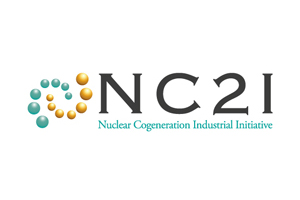
The strategic objective of NC2I-R is to structure the European public and private R&D capabilities for delivering a nuclear cogeneration demonstrator fully meeting the market needMore
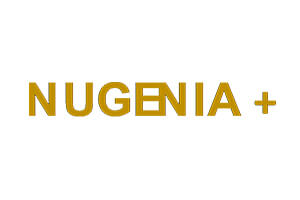
The objective of the NUGENIA+ project is to support the NUGENIA Association in its role to coordinate and integrate European research on safety of the Gen II and III nuclear installatMore
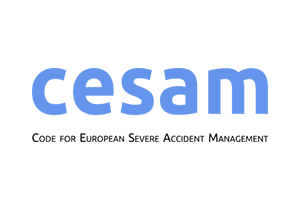
The Fukushima accidents highlighted that both the in-depth understanding of such sequences and the development or improvement of adequate severe accident management measures is essentMore
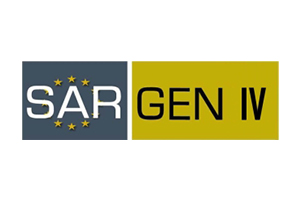
The European Sustainable Nuclear Industrial Initiative was launched in November 2010 to anticipate the development a fleet of fast reactors with closed cycle. Three fast neutron technMore
Sixth Framework Programme (FP6)
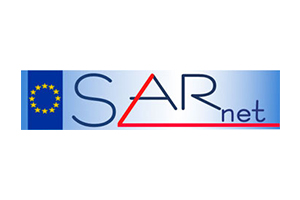
The Network of Competency SARNET – the project for the Integration and management of severe accidents phenomena in research in Europe – was launched in March, 2004. The SARNET projectMore
Other international projects
Project participants: Aslan Avcı Döküm Sanayi ve Ticaret A.Ş., Turkey Lietuvos energetikos institutas, LithuaniaMore
The idea of the project is to compare methodological approaches to modeling and technical capacity of calculation codes to assess the radiation consequences of accidents at nuclear More





